In 2007 Apple introduced iPhone, emphasizing that virtually every significant aspect of its entirely new experience and industrial design was protected by patents. So far, however, the U.S. patent system has provided inconsistent protections for Apple inventions, while at the same time supporting dubious patent monetization schemes brought against the company.
America's ineffectual patent protection
This May, Apple's chief executive Tim Cook testified at a U.S. Senate hearing on the subject of corporate taxes. Senator Kelly Ayotte (R-N.H.), alluding to weak intellectual property protections in China, asked Cook a leading question about the benefits of operating in the United States and its strong support for the rule of law regarding patents. Cook's reply appeared to catch Senator Ayotte off guard.
"I actually think that we require much more work on IP in this country," Cook stated, describing the inability of the U.S. court system to address disputes in a timely fashion. "I actually think that we require much more work on IP in this country" - Tim Cook
IP disputes can take years to resolve or even come to trial, making the system particularly ill-suited for dealing with the realities of the technology sector, which can move through several product cycles in the time it takes the court system to resolve one case.
"The U.S. court system is currently structured in such a way," Cook said, "that it's currently difficult to get the protections a technology company needs, because the cycle is very long." He added, "for us, our intellectual property is so important to our company. I would love to see the system strengthened to protect it."
Apple in the establishment of proprietary intellectual property
While certainly not the only tech company affected by intellectual property issues, Apple has been near the center of a series of landmark legal disputes, starting with one of the first defining lawsuits in personal computing, an industry Apple helped to pioneer in the late 1970s.
In 1983, just one year after IBM entered the nascent personal computer market with Microsoft, Apple sued to stop Franklin Computer from cloning its well established Apple II, calling into question whether operating system software could be protected under copyright as a creative expression, rather than simply being a process or an idea, things that copyright does not protect.
Franklin, of course, argued that Apple's code wasn't worthy of protection. Franklin also maintained that there were no real alternatives in developing non-infringing code and argued that the court should allow it to infringe upon Apple's work because it was not a large threat to Apple and would otherwise go out of business, arguments that sound very similar to Google's modern-day defense of Android.
After losing its initial bid for a preliminary injunction against Franklin, Apple successfully argued to an appeals court that software was a protected "literary work," and also presented evidence that software compatibility could be achieved by Franklin without infringement of Apple's copyright. It further presented evidence that Franklin simply stole its ROM code, finding unchanged references to "Applesoft" within Franklin's infringing systems.
The crossroads of intellectual property
Franklin didn't subsequently go out of business, but it did stop cloning Apple's products. If the appeals court had instead sided with original ruling supporting Franklin, it could have proven disastrous for the American software industry, potentially throwing all software development into the public domain, erasing the pivotal role of Silicon Valley in the development of personal computing and likely shifting software from a capitalist industry to a public utility administered by bureaucrats, organized like the earlier telephony industry.
While there are some that favor this "open" approach to free, public and socialist software in varying degrees, it's worth noting how slowly the global telephony industry introduced new innovations prior to the advent of the capital-driven personal computing boom in the 1980s, which was ignited by Apple and fueled by IBM, Microsoft, Cisco and many others.
It's also informative to compare the failed efforts of the Open Systems Interconnection bureaucracy to lay out standards for networking and email, in contrast to the pragmatic and successful private-public collaboration of the Internet Engineering Task Force driven by profit-motivated companies.
The arbitrary and capricious protection of intellectual property by U.S. Courts
Apple's win against Franklin apparently left the company confident that it could also protect the Macintosh from software infringement through similar copyright claims. But things didn't work out that way.
The famous "Macintosh Look and Feel" lawsuits in the early 1990s did stop allegedly infringing products from HP and Digital Research, but were not effective at restraining Microsoft from copying the Macintosh with Windows, due to a licensing agreement between the two companies that the court broadly interpreted as giving Microsoft free rein to duplicate virtually every aspect of the Macintosh.
That decision radically shifted billions of dollars worth of Apple's intellectual property to Microsoft at no cost. Emboldened by the court's failure to protect software copyright, Microsoft began even more liberally borrowing from both Apple and Steve Jobs' NeXT Computer to the point of essentially duplicating their work verbatim in many areas, particularly in its user interface conventions, among the most valuable work created by both companies founded by Jobs.
Microsoft had built its empire upon licensing software. As the popularity of Windows PCs grew, Apple's loss of copyright protection meant that Microsoft was actively selling Apple's work, efforts Bill Gates had previously described (above) as "not just a little bit different" but rather "something that's really new that captures people's imaginations."
In addition, Gates' Microsoft achieved such a powerful position as a licensor of software that it now had the ability to prevent other companies, including Apple and NeXT, from being able to sell their own work.The IP laws that were supposed to protect innovators and foster healthy competition in the market were instead being used to perpetuate a monopoly where innovation and competition were blocked at every turn.
This came both through tying agreements (which forced PC makers to pay for a Windows license for every PC they built, making it virtually impossible for third parities to also sell them an alternative OS) and back room deals such as Microsoft's leaning on Compaq to scuttle its negotiations to bundle Apple's QuickTime on its PCs, conduct that was made public in testimony during Microsoft's 1999 monopoly trial.
The IP laws that were supposed to protect innovators and foster healthy competition in the market were instead being used to perpetuate a monopoly where innovation and competition were blocked at every turn.
Meanwhile, Microsoft began benefitting from both proprietary copyright (which allowed it to license its software at greater than 90 percent profit margins) and copyright infringement, because those who didn't pay for Windows, from casual software pirates to the rampant overseas piracy in places like China, supported the Windows monopoly by entrenching the platform, with little harm to Microsoft because they weren't ever going to pay for it anyway.
Tech patents take root in 1990's Silicon Valley
The virtual destruction of Apple's Macintosh business by the arbitrary decision of a single U.S. court helped to create a new era in the computing world where companies gradually stopped relying solely on copyright (a protection Apple had helped to define in the courts a decade earlier) and instead pursue patents as the preferred method for protecting their intellectual property.
Software patents, as government-issued monopoly grants covering a specific, novel implementation of technology for a fixed period of time, also became a way for companies to assign value to their intellectual property, allowing sophisticated technologies to be sold or transferred under the protections of a rule of law.
Apple was involved in a series of projects that began actively amassing patent portfolios, from its own internal Mac, QuickTime and Newton platforms to joint projects such as ARM, PowerPC and Taligent as well as spinoffs such as General Magic and Apple alumni diaspora like NeXT (below), WebTV and Palm.
Big bucks behind patents deals
Thanks to patents, companies that developed advanced technology, even if they were unable to successfully bring it to market on their own, could still sell their work to other firms via acquisition or licensing agreements at high prices backed by their patent portfolios.
Taligent patents were folded into IBM after the project collapsed in 1995, and ended up being licensed to Sun for Java. In 1996, Apple paid over $400 million to acquire NeXT; conversely, Jobs began selling off Apple's stake in ARM beginning in 1998 for more than $1.2 billion, helping the company fund the development of OS X.
In 1997 Microsoft paid $425 million for WebTV, and in 1998 it licensed General Magic patents. In 2011, HP announced a deal to acquire Palm for $1.2 billion. After Apple paid $278 million to acquire P.A. Semi in 2008, which included patents related to PowerPC, in 2011 it snapped up hundreds of additional PowerPC patents from Freescale Semiconductor, formerly part of Motorola.
These patent-heavy deals involved large amounts of money because their patent portfolios defined valuable intellectual property. Initially, tech patents described a monopoly to practice an invention. But they have subsequently become a currency for licensing ideas others could use, which morphed into legal arguments that were often resolved by cross licensing deals as an alternative to disruptive, expensive lawsuits.
Two ways to settle patent disputes
For example, in 1997 Jobs brokered a deal with Microsoft leveraging Apple's now vast patent portfolios, settling a $1.2 billion lawsuit and disarming the threat of years of incessant patent wars with an amicable cross-licensing truce that also leant Apple some much needed industry credibility via a show investment in the company by Microsoft.
The alternative to such "gentleman's agreements" became typified by an NTP patent lawsuit waged between 2000-2005 against BlackBerry maker RIM, which not only threatened to destroy the company but also risked destabilizing the U.S. government due to its broad dependance upon the BlackBerry servers and devices. RIM was subsequently ordered to pay a staggering $450 million to NTP.
NTP then brought similar lawsuits against Palm, and then sued every major US carrier as well as Apple, Microsoft, Google, LG, Samsung, Motorola and Yahoo. RIM continued to appeal and got some of NTP's patent claims dismissed. Just last year, the remaining cases were all settled without public disclosure of the details, but it appears the arbitrary nailing of BlackBerry was largely averted by the rest of the industry, highlighting again the capricious and fickle nature of patent enforcement that can destroy entire companies and waste millions or billions of dollars before fizzling into obscurity.
Patent trolls spiral out of control in the 2000s
The vast sums being awarded to Non-Practicing Entities like NTP by U.S. courts quickly began to ramp up similar lawsuits by patent holders. Apple's successful iPod business began attracting particular attention between 2005 and 2007, outlined in the four outrageous patent cases detailed earlier.
Cook's Senate testimony in May, pushing for improvements in patent protection and calling attention to patent system abuses was met by calls for reform the following month from President Obama, who called on Congress to enact laws to address the increasing trend of patent attacks.
Apple remains at the center of his issue because three years after it announced the iPhone, a global new iPhone IP war erupted. The often repeated idea that the company has abused its patent portfolio to restrain competitors and hold back innovation using dubious patents is all actually quite backward, as the next segment will detail.
 Daniel Eran Dilger
Daniel Eran Dilger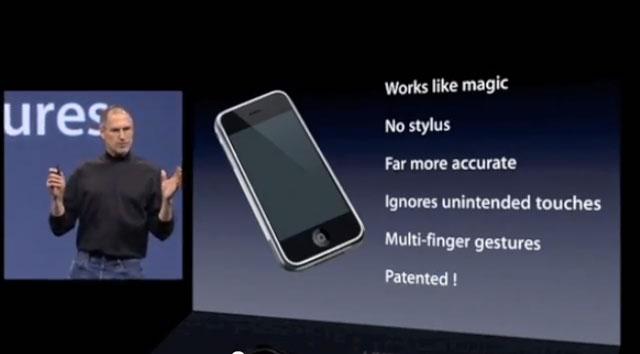
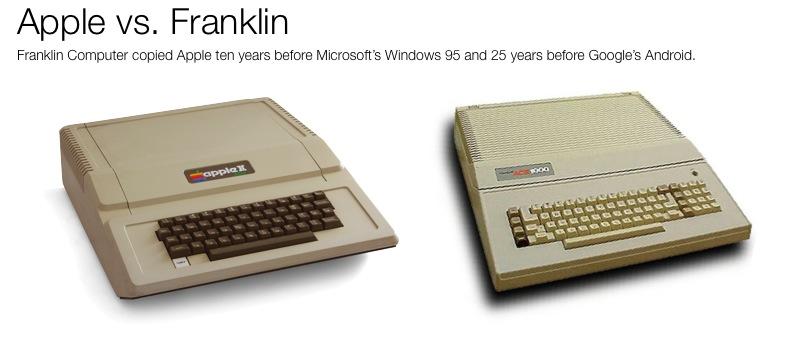
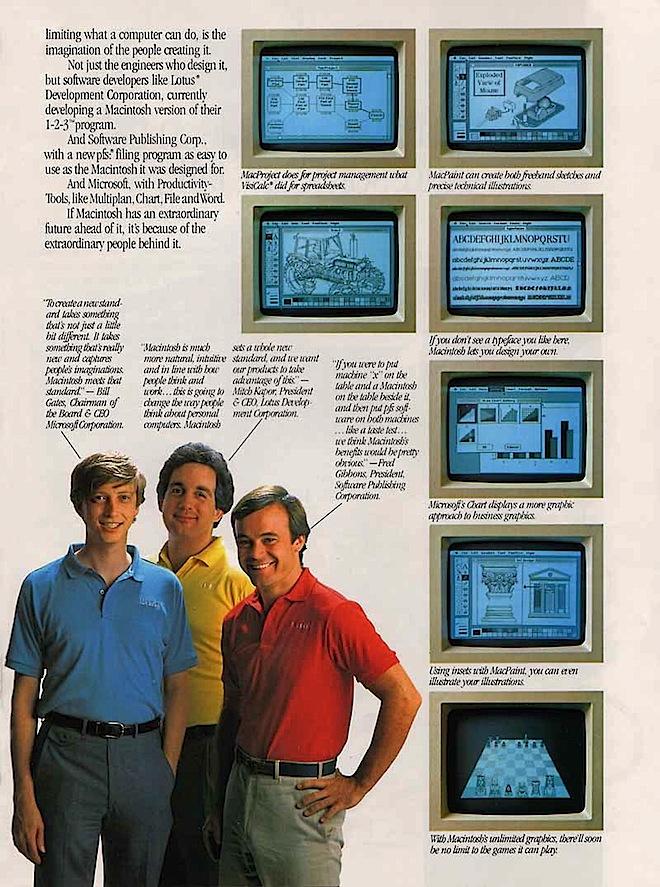
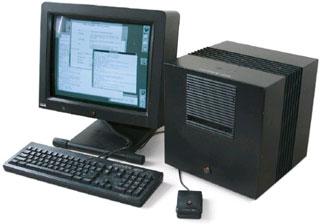




-xl-m.jpg)


-m.jpg)






 Malcolm Owen
Malcolm Owen
 William Gallagher
William Gallagher
 Mike Wuerthele
Mike Wuerthele
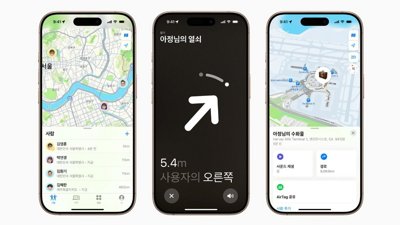

 Thomas Sibilly
Thomas Sibilly
 Wesley Hilliard
Wesley Hilliard
 Marko Zivkovic
Marko Zivkovic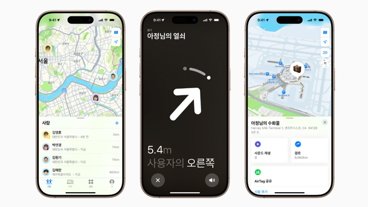
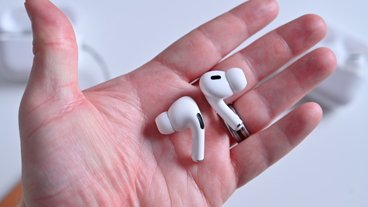






30 Comments
Apple's policy has always been (very wisely) to attempt to patent everything that isn't nailed down. It's actually a key part of their highly successful strategy, for obvious reasons. This policy needs to continue to the fullest legal extent.
the only reason why Android has as much market share is because they had more companies going after more carriers in more countries with more screen sizes. Apple was FAR too conservative on their approach. I think if Apple had released a 4inch and a 4.6 screen size last year, went with microUSB instead of Lightning and was able to sign on China Mobile, etc. sooner, Apple would probably have darn near 50% market share.
And boom, goes the argument.
What nonsense! Apple just needs to keep doing what they've been doing which is to build great and innovative products that are easy to use, and of the highest quality and value. This concept applies to their entire ecosystem. No question they need a larger phone in the market, or that they will deliver one, and soon. But they never rush in - they wait until they get it just right. The scale with which they need to introduce new products is staggering, and their thoughtful and incitefull dedication to the customer, and to delivering great products that people want, assures that they will continue to be hugely successful.
[quote name="Tallest Skil" url="/t/160143/iphone-ip-wars-apple-the-thorny-issues-of-patent-protection#post_2416216"] And boom, goes the argument. [/quote]Just wondering which is faster at charging, data Mini USB or 30 pin, then Lighting vs Micro USB, we all know the speed of regular USB, and thunderbolt so knowing there smaller forms ratio would be neat.